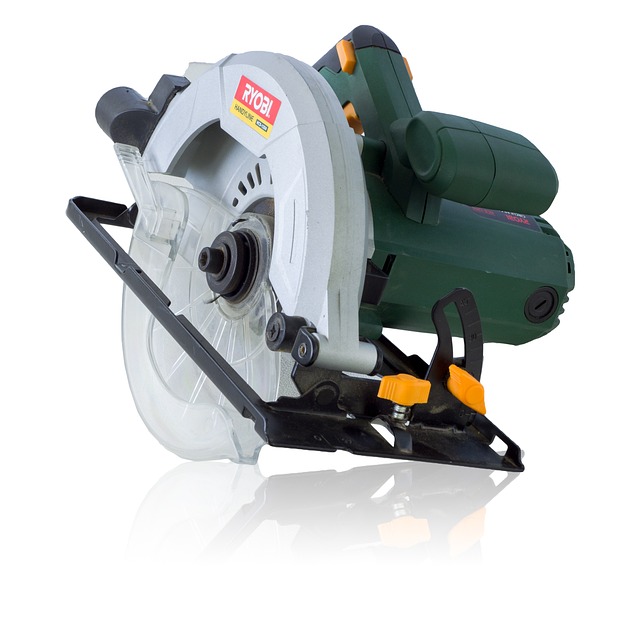Painting Tools: Guide to Paint Sprayers, Spray Guns, and More
Choosing the right painting tools makes a significant difference in finish quality, efficiency, and cleanup. Whether you’re refreshing a room, refinishing furniture, or tackling exterior siding, understanding the main tool types — from paint sprayers and spray guns to HVLP and cordless sprayers — helps match equipment to the task. This guide explains how each tool works, common uses, and practical considerations to help you make informed choices.

What is a paint sprayer and spray gun?
A paint sprayer is a broad term for equipment that applies paint by atomizing it into a fine mist. Spray guns are a common type of sprayer used in automotive, woodworking, and home projects. Spray guns typically connect to an air compressor (conventional) or use internal mechanisms (airless) to push paint through a nozzle. They produce faster, more even coverage than brushes or rollers for large surfaces, but require masking and ventilation to control overspray and ensure a smooth finish.
When to use an HVLP sprayer?
HVLP sprayers (high-volume, low-pressure) are designed to deliver controlled, fine finishes with less overspray than traditional high-pressure systems. They excel on trim, cabinets, furniture, and interior doors where finish quality matters. HVLP units either run from a turbine or use a compressor. They handle stain, varnish, and thinner paints well, but may struggle with high-viscosity coatings without thinning. HVLP sprayers are prized for reduced material waste and smoother surfaces when setup and technique are correct.
Benefits and limits of a cordless sprayer
Cordless sprayers offer portability and convenience for smaller projects, touch-ups, and locations without easy access to power. Battery-powered handheld models are lightweight and quick to set up, making them useful for fences, sheds, and spot work. Limitations include shorter runtime, smaller paint reservoirs, and lower capacity for heavy coatings; they’re not ideal for continuous, large-scale jobs. For many DIYers, cordless sprayers provide a balance of speed and mobility when paired with careful masking to manage overspray.
Choosing the right painting tools for your project
Selecting painting tools depends on surface size, paint type, finish needs, and your skill level. For broad exterior walls or decks, airless sprayers apply thick coatings quickly. For furniture, cabinets, and where finish smoothness matters, choose an HVLP or turbine system. For small repairs and portable needs, a cordless sprayer can save time. Consider cleanup time, the need for thinning, and available ventilation. Practice on scrap material to dial in spray pattern, pressure, and technique before working on final surfaces.
| Product/Service Name | Provider | Key Features | Cost Estimation |
|---|---|---|---|
| FLEXiO Series (hybrid sprayers) | Wagner | Hybrid adjustable settings for home projects; suitable for latex and stains | $100–$250 |
| Magnum X7 (airless sprayer) | Graco | Higher flow for large exterior/interior jobs; adjustable pressure | $200–$400 |
| Semi-Pro 2 (HVLP turbine) | Fuji Spray | Professional-grade turbine HVLP for fine finishes on cabinetry and furniture | $400–$800 |
| Ultra Cordless Handheld Sprayer | Graco | Battery-powered portability for small to medium projects and touch-ups | $80–$250 |
| Finish Max (budget HVLP) | HomeRight | Entry-level HVLP for DIYers; compact and easy to clean | $40–$120 |
Prices, rates, or cost estimates mentioned in this article are based on the latest available information but may change over time. Independent research is advised before making financial decisions.
Conclusion
Selecting painting tools means weighing project size, finish quality, and practical constraints like power access and cleanup. Paint sprayers and spray guns speed coverage, HVLP sprayers improve control and reduce overspray, and cordless sprayers add mobility for smaller tasks. Matching the tool to the coating and surface, plus testing settings before starting, leads to better results and fewer reworks.






